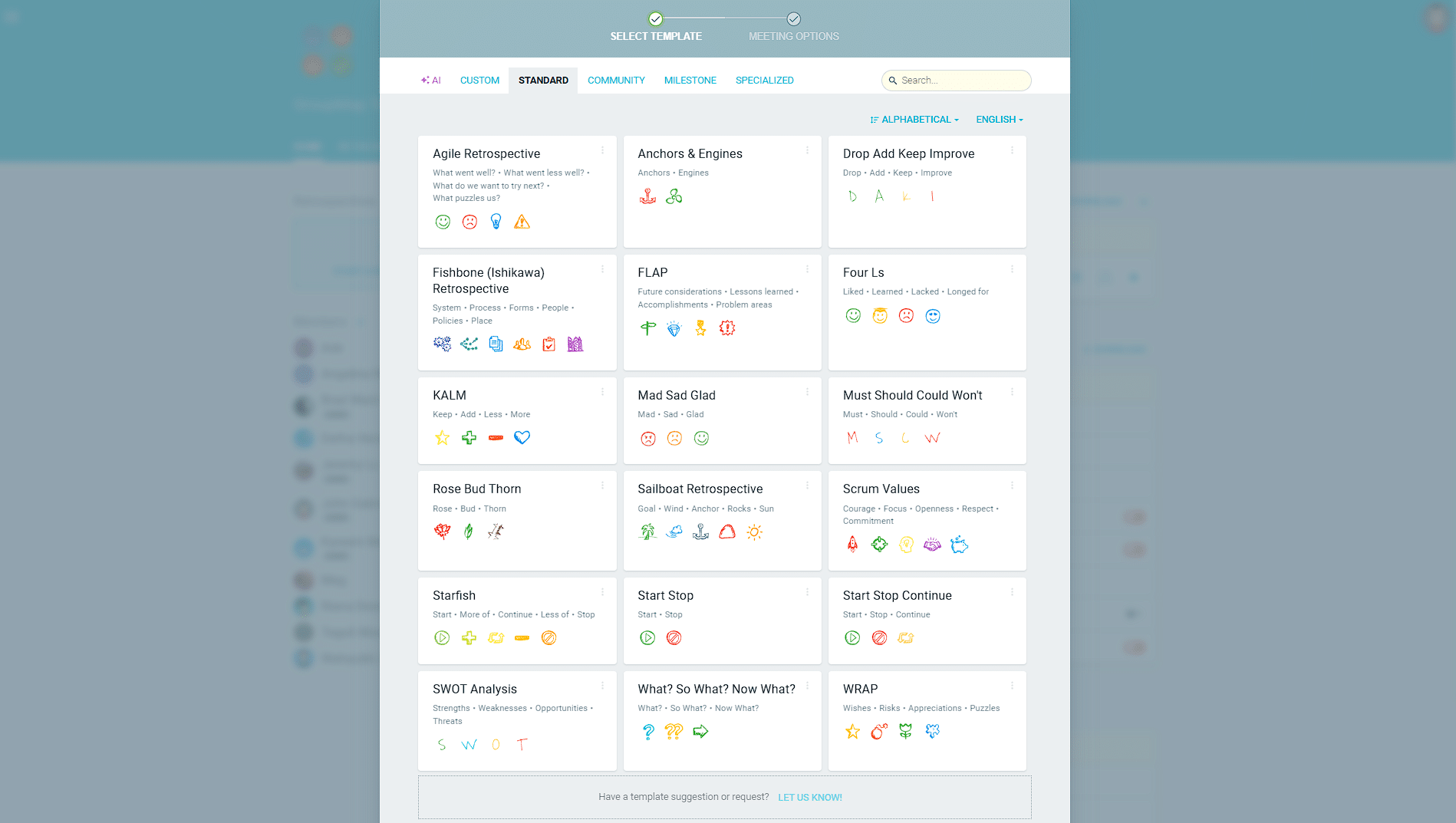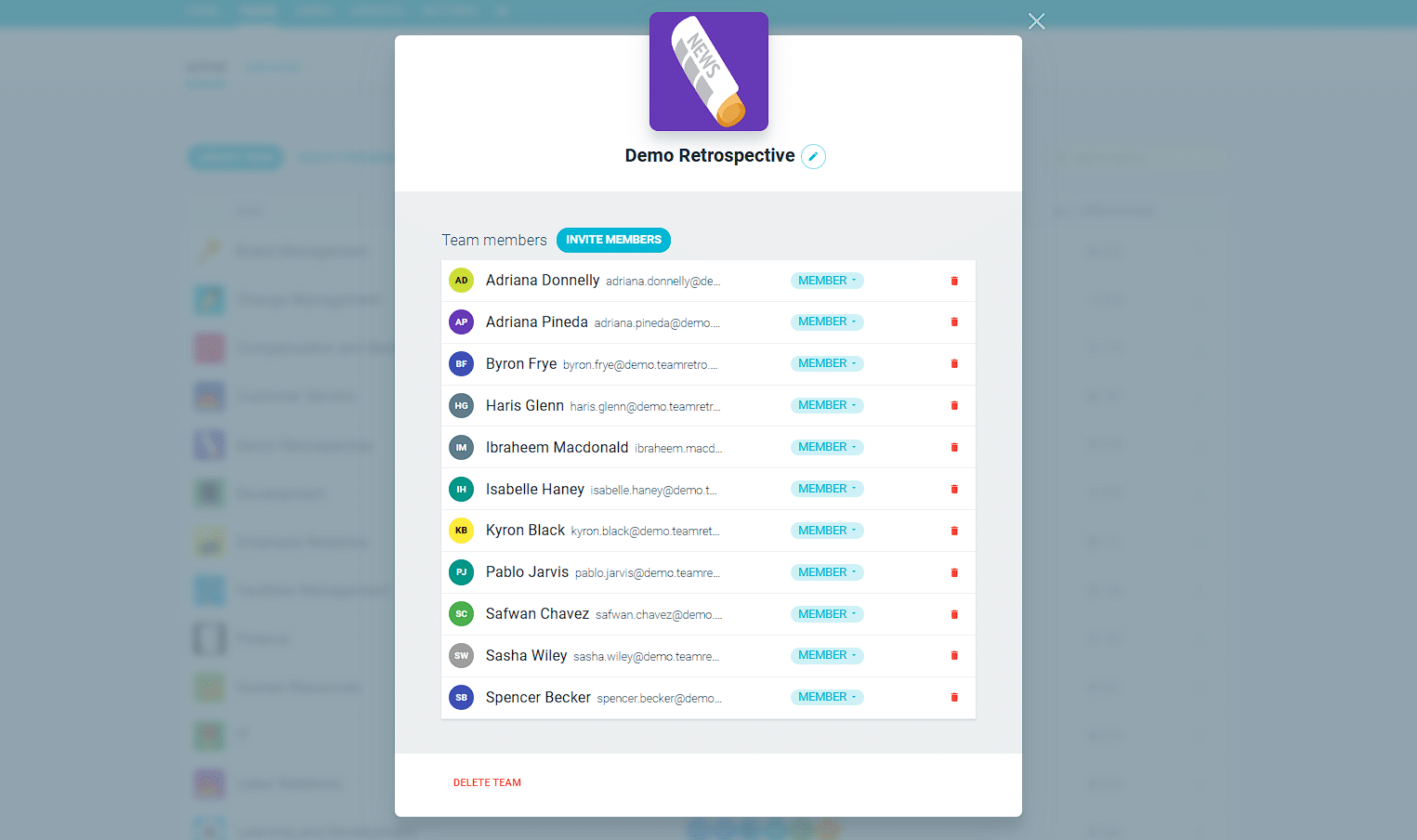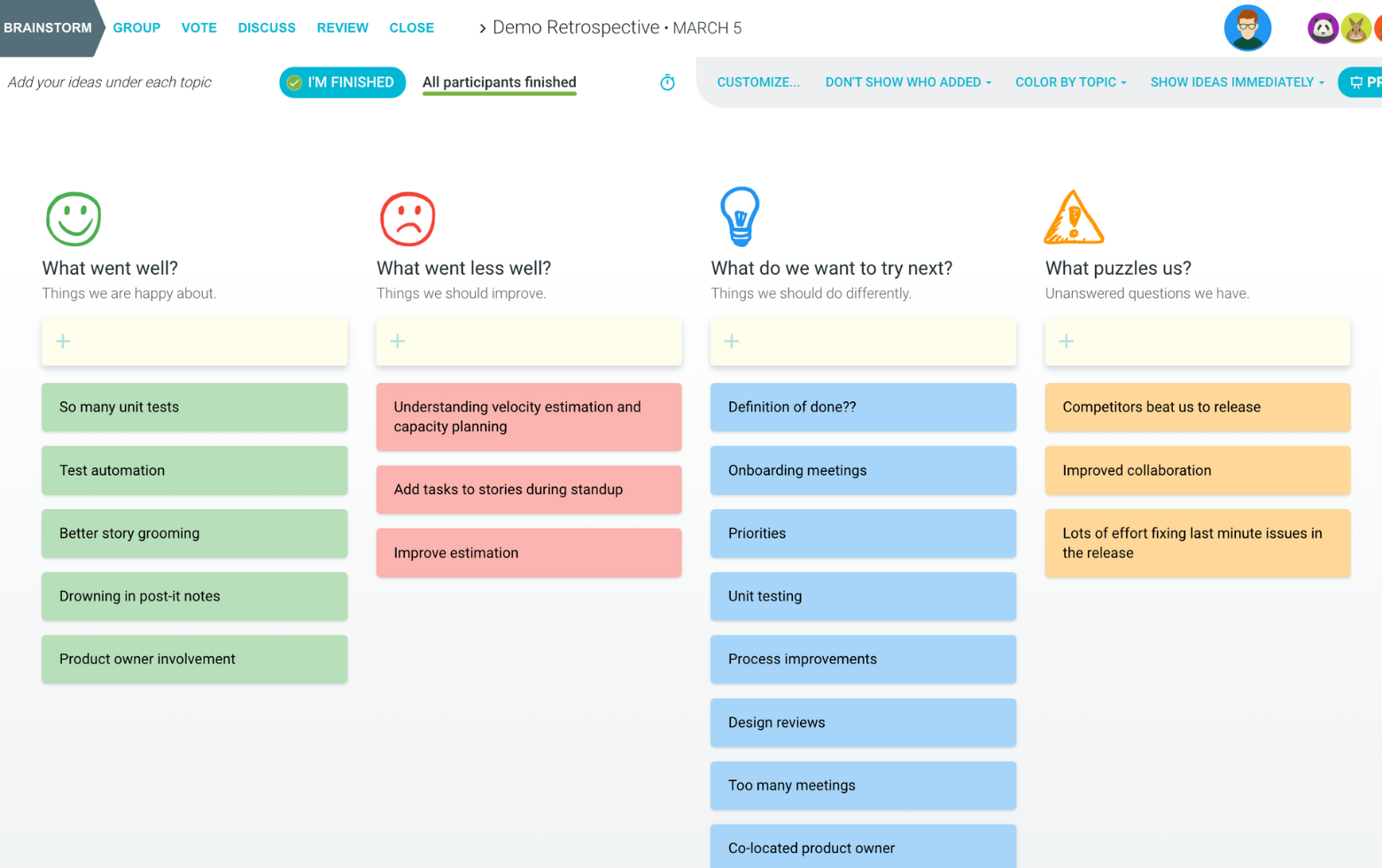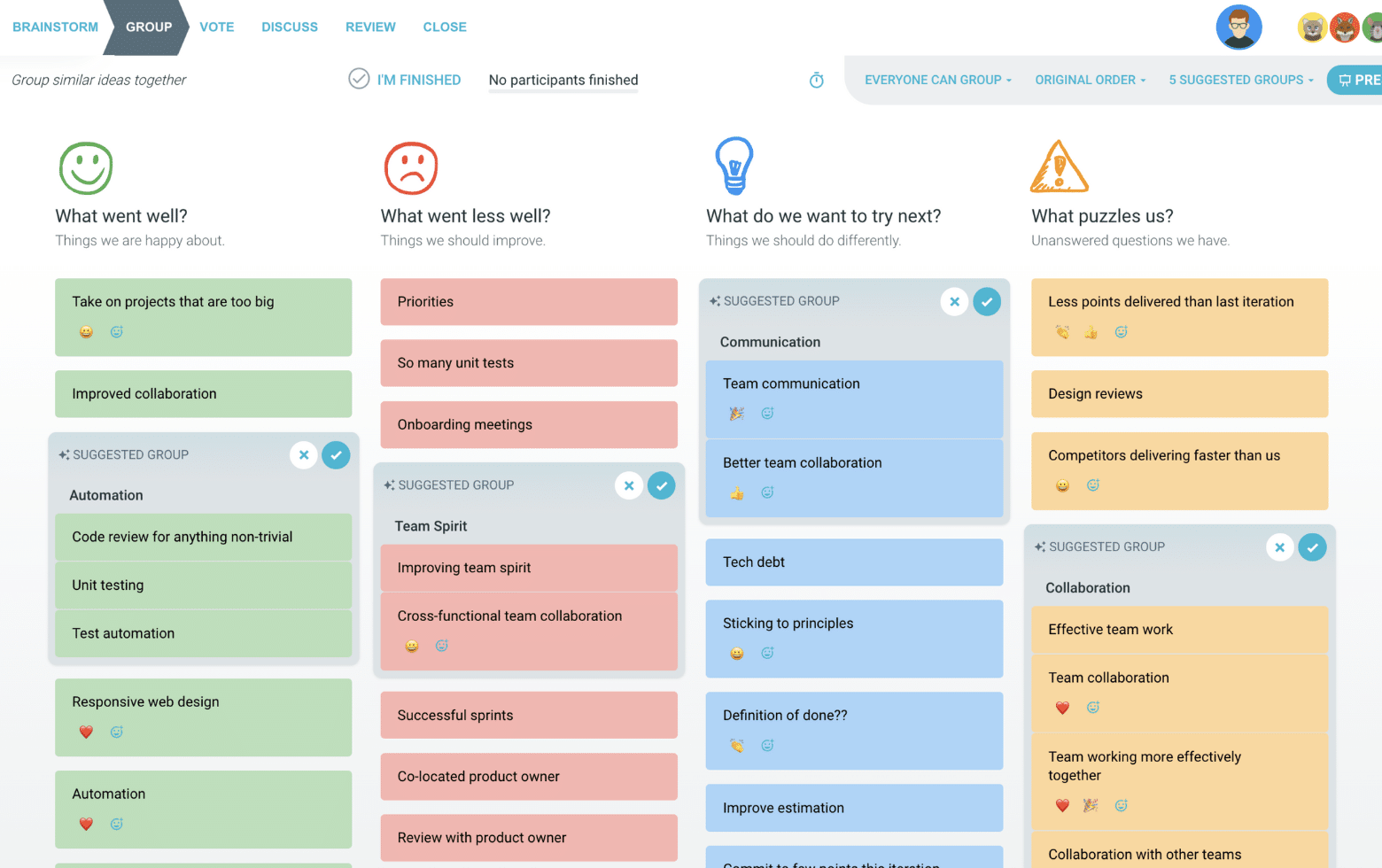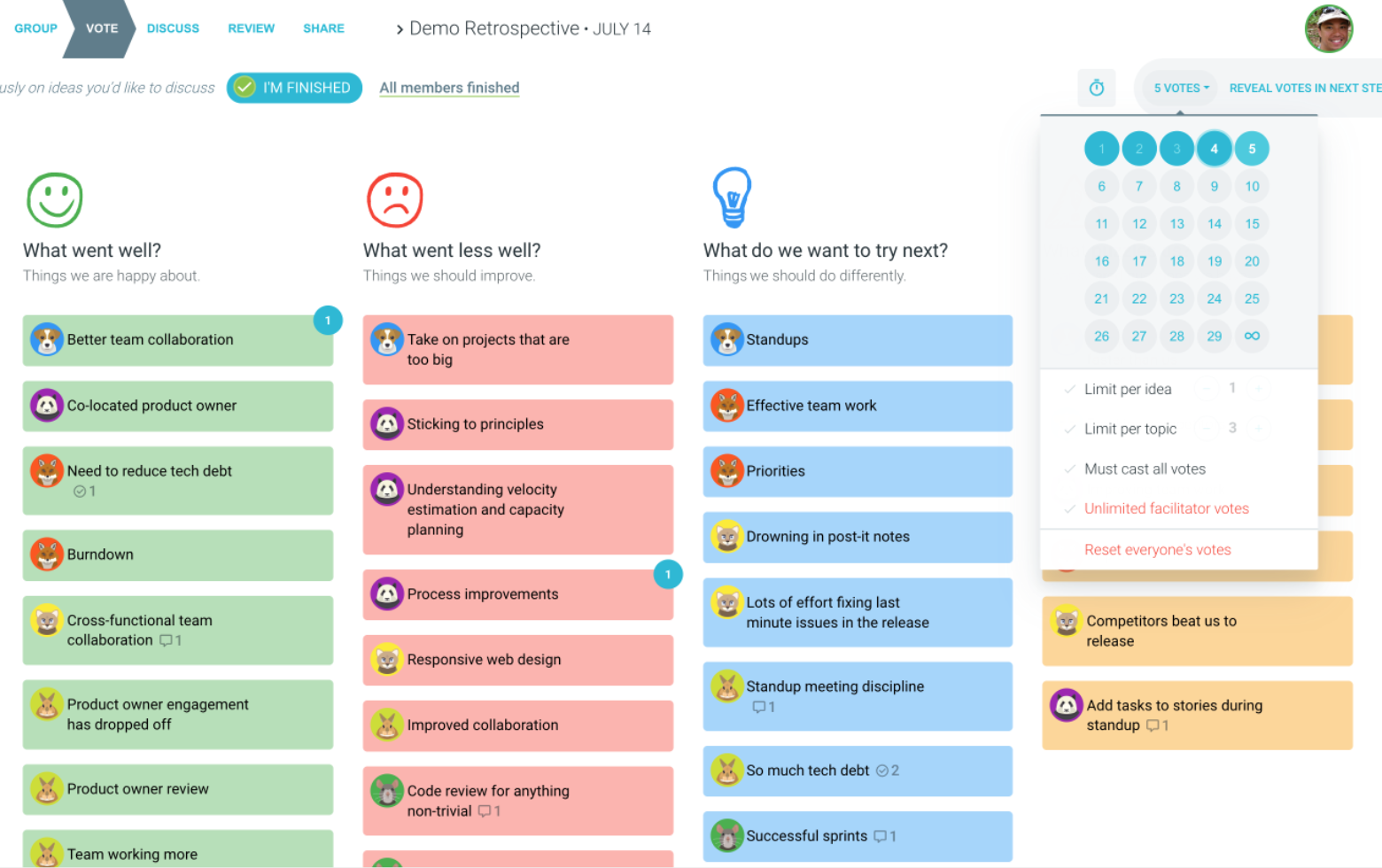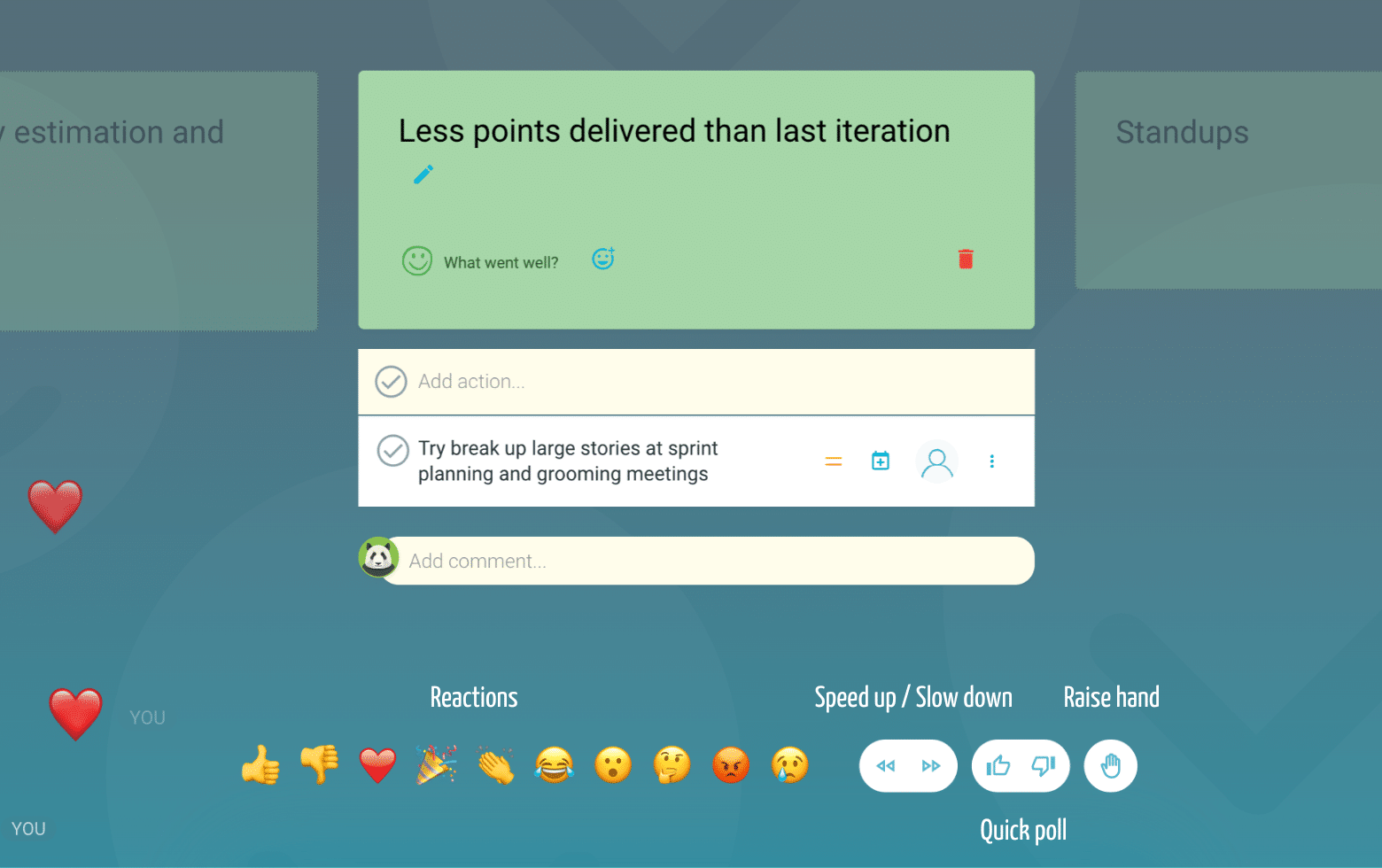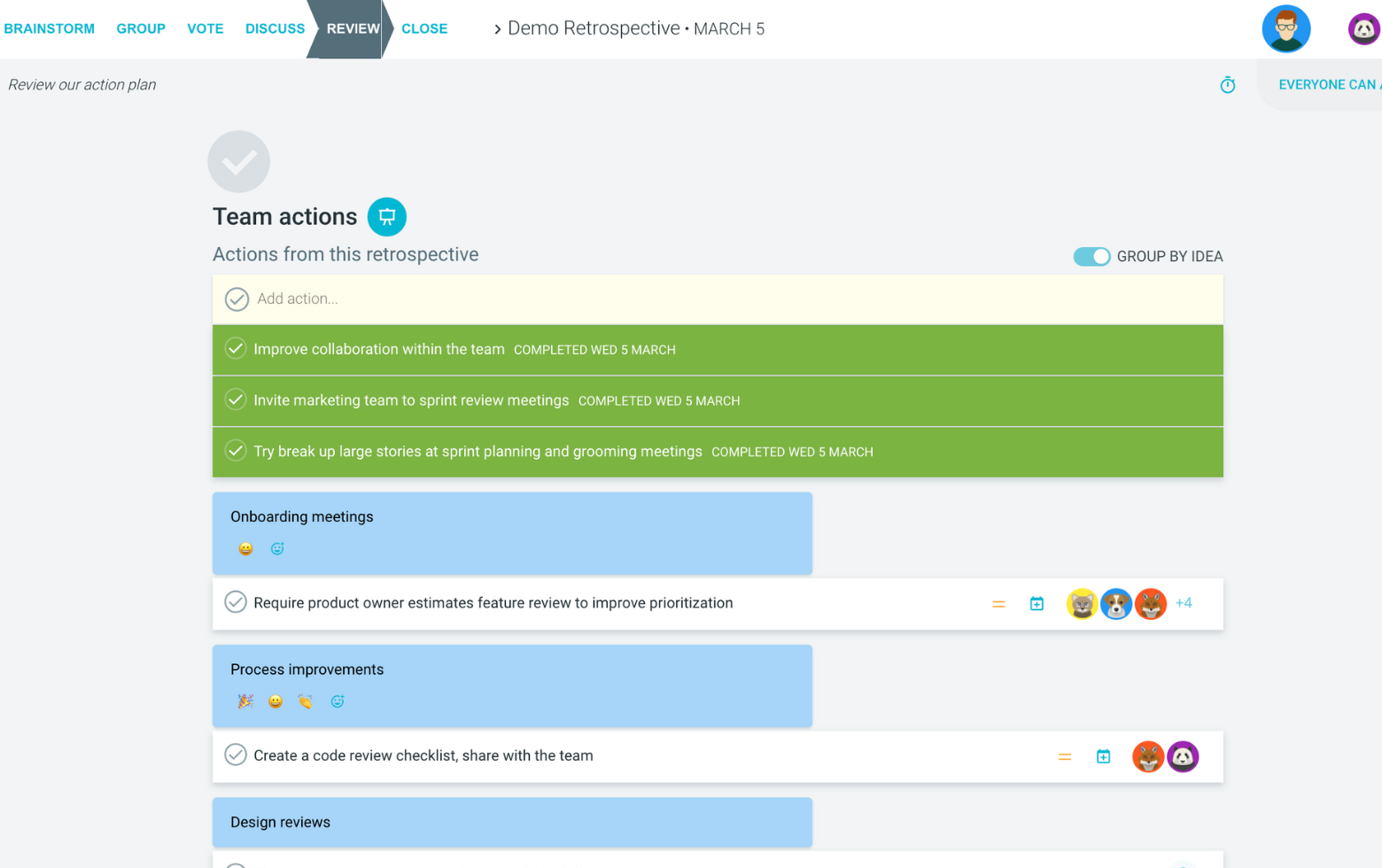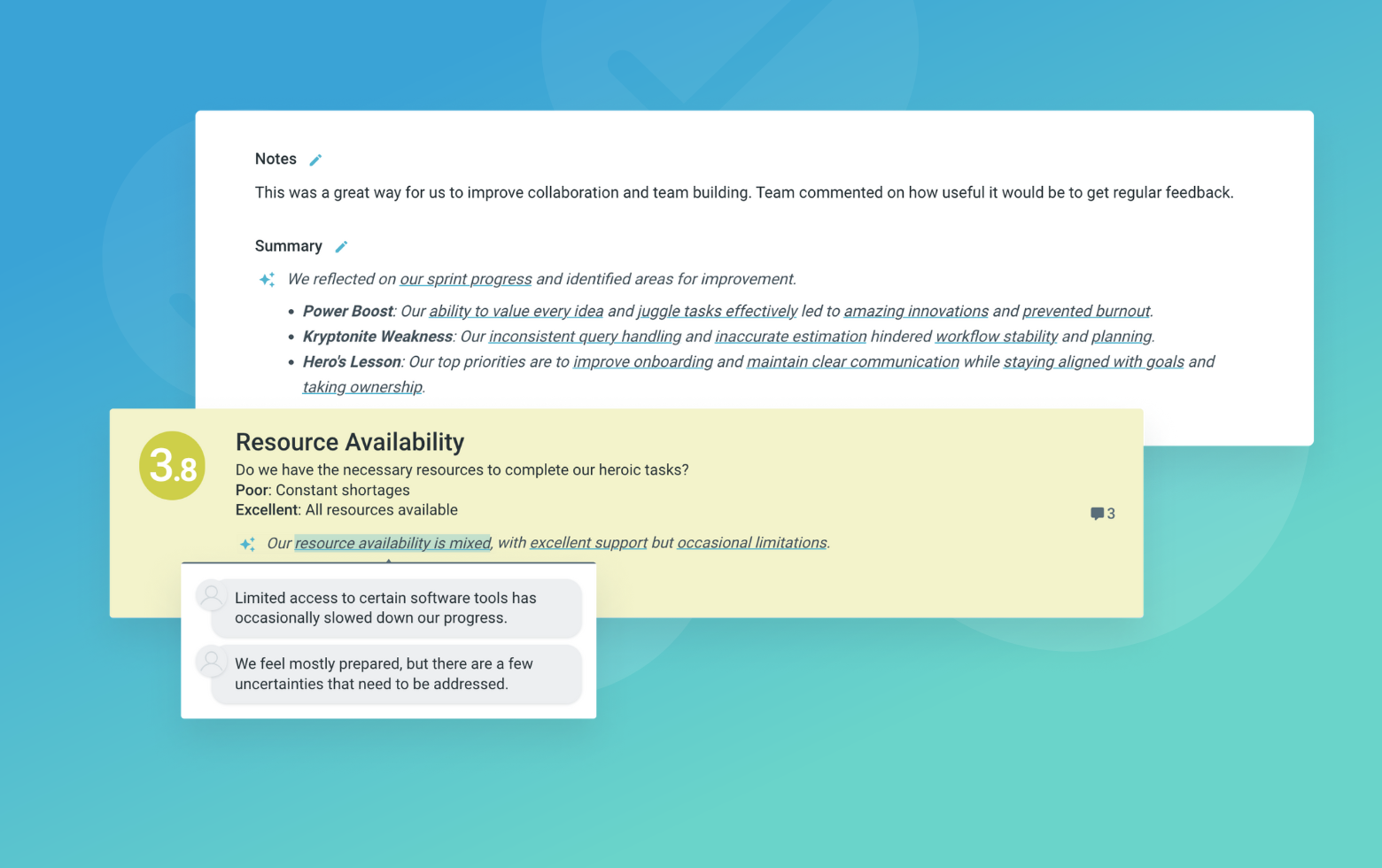The War Stories retrospective uses military metaphors to help teams reflect on their experiences in an engaging and memorable way. This format transforms project experiences into battlefield analogies, making it easier for teams to openly discuss successes, failures, and ongoing challenges.
By framing experiences as 'battles,' team members can detach themselves emotionally from difficult situations while still drawing valuable lessons from them. The military theme helps create a shared vocabulary that makes it easier to discuss complex situations and team dynamics.
This retrospective format is particularly effective for teams who have gone through challenging projects or periods of intense work. It encourages both celebration of victories and honest examination of defeats, while maintaining a forward-looking perspective through training camp discussions.
What is The War Stories Retrospective
Victories
Where did we experience success and wins?
Guide the team to celebrate their achievements and successful outcomes. Encourage specific examples of when the team overcame challenges or delivered exceptional results. Focus on both major wins and smaller victories that contributed to overall success.
Defeats
Where did we fail and learn?
Create a safe space for discussing failures by emphasizing learning opportunities. Help the team analyze what went wrong without blame, focusing on systemic issues rather than individual mistakes. Encourage honest reflection while maintaining a constructive tone.
Still fighting
Where are there still battles?
Help identify ongoing challenges that need attention. Focus on current obstacles, risks, and areas where the team is struggling. Encourage discussion of both technical and non-technical challenges that impact team performance.
Training camp
How could we improve in future battles?
Focus on actionable improvements and skill development opportunities. Guide the team to identify specific areas where training, process improvements, or new approaches could help them perform better. Encourage both individual and team-level improvement ideas.
Suggested icebreaker questions
- If your last sprint was a famous battle, which one would it be and why?
- What's your personal 'secret weapon' that helps you succeed at work?
Ideas and tips for your retrospective meeting
- Keep the military metaphor light and fun - avoid references to real conflicts or sensitive topics
- Encourage everyone to participate by starting with small 'battles' before tackling larger issues
- Use the format to create psychological safety by distancing personal failures through the battle metaphor
- Balance discussion time between all four categories to maintain a complete picture
- Document 'battle strategies' that worked well for future reference
- End the session by creating specific action items for 'training camp' improvements
.
How to run effective meetings with TeamRetro
Start Your Session in a Click
Log into TeamRetro and choose your template. Customise questions and the workflow to create your perfect retro for your team.
Create Your Team Easily – No Separate Accounts Needed
Brainstorm Individually – Free From Bias
Smart Grouping for Faster Insights
Fair, Flexible, and Fast Voting
Engage, React, and Capture Key Insights
Walk your team through ideas one by one with Presentation Mode. Stay in sync, spark real-time discussions, and capture feedback with comments, live reactions, and polls—all in one place.
Turn Ideas Into Action
Propose next steps with team buy-in, get AI-powered action suggestions, and keep everything in one place. Committed actions sync to your personal dashboard and integrate with your workflow tools—keeping you on track.
Save, Share, and Stay on Track
Get quick AI-powered summaries, add facilitator notes, and store retrospectives in your library for easy access. Schedule your next session and track published actions to keep your team accountable at the next retro.
Turn Team Data into Actionable Insights
Uncover trends, common themes, and key engagement metrics at a glance. Track sentiment shifts, analyze conversations, and monitor completed actions to drive continuous improvement.
